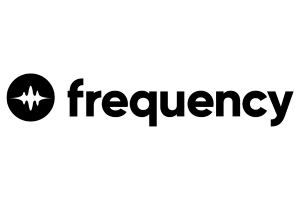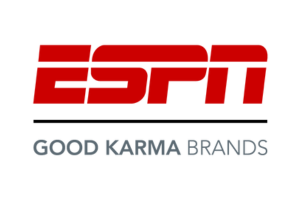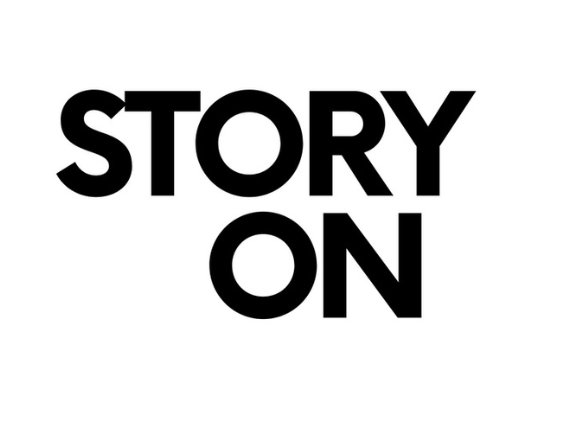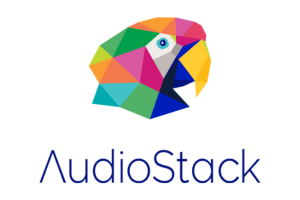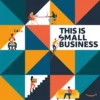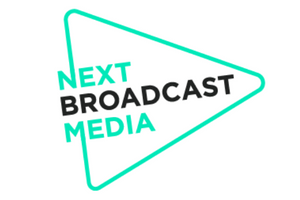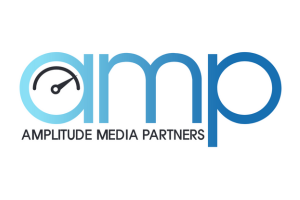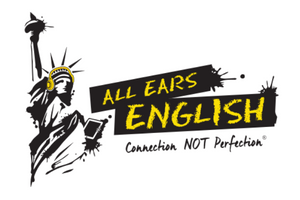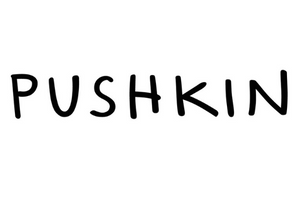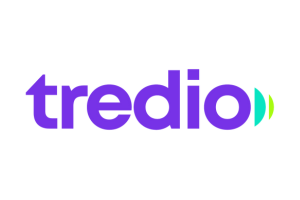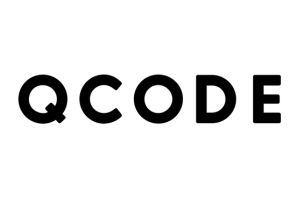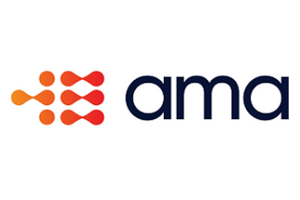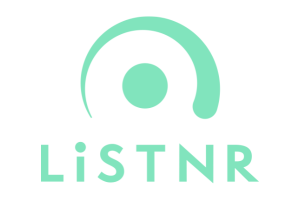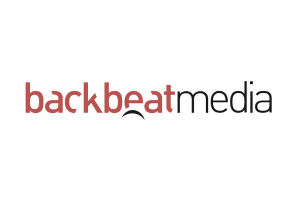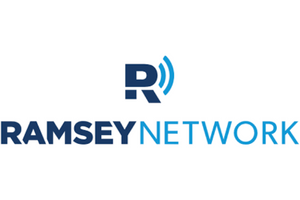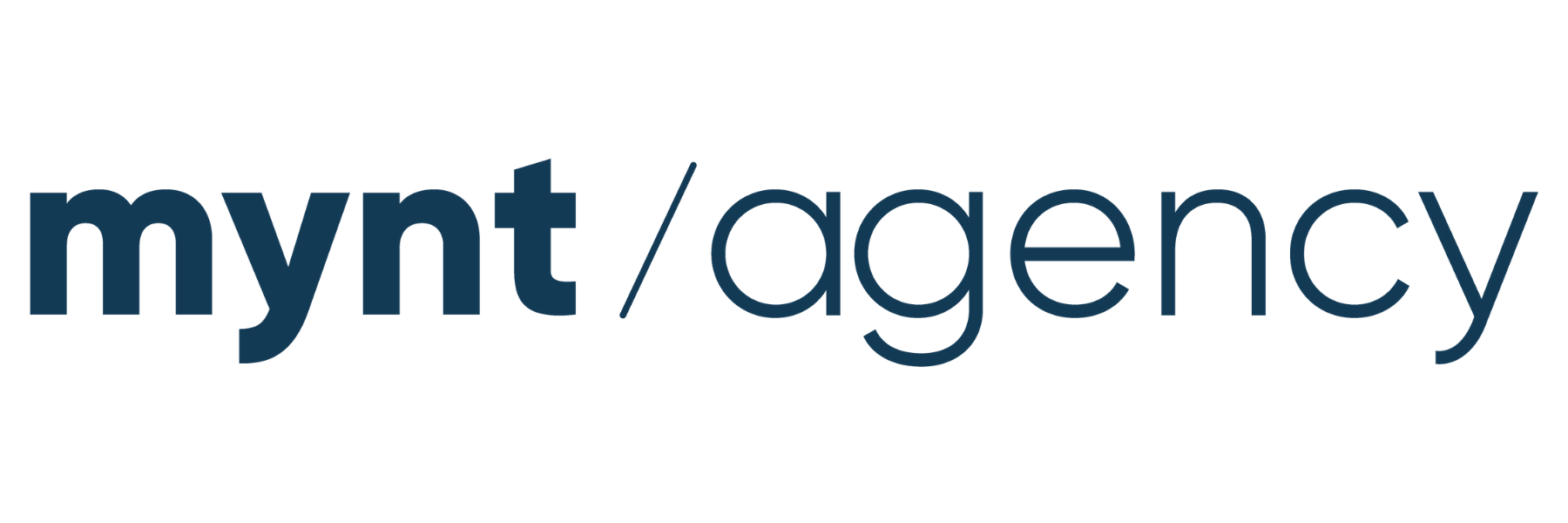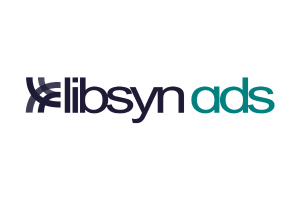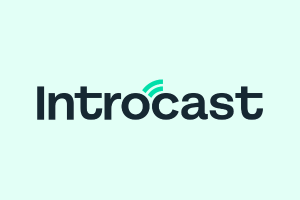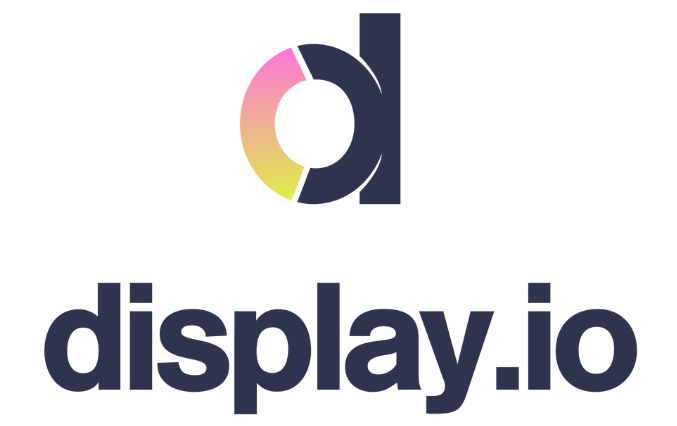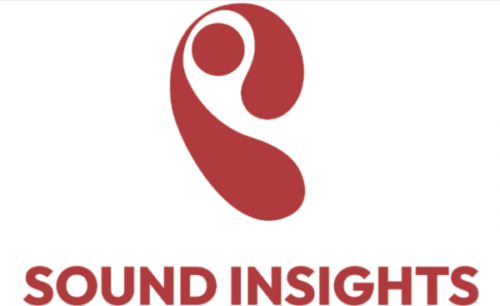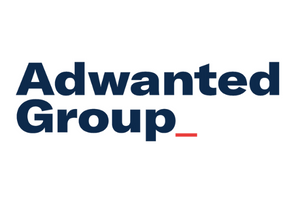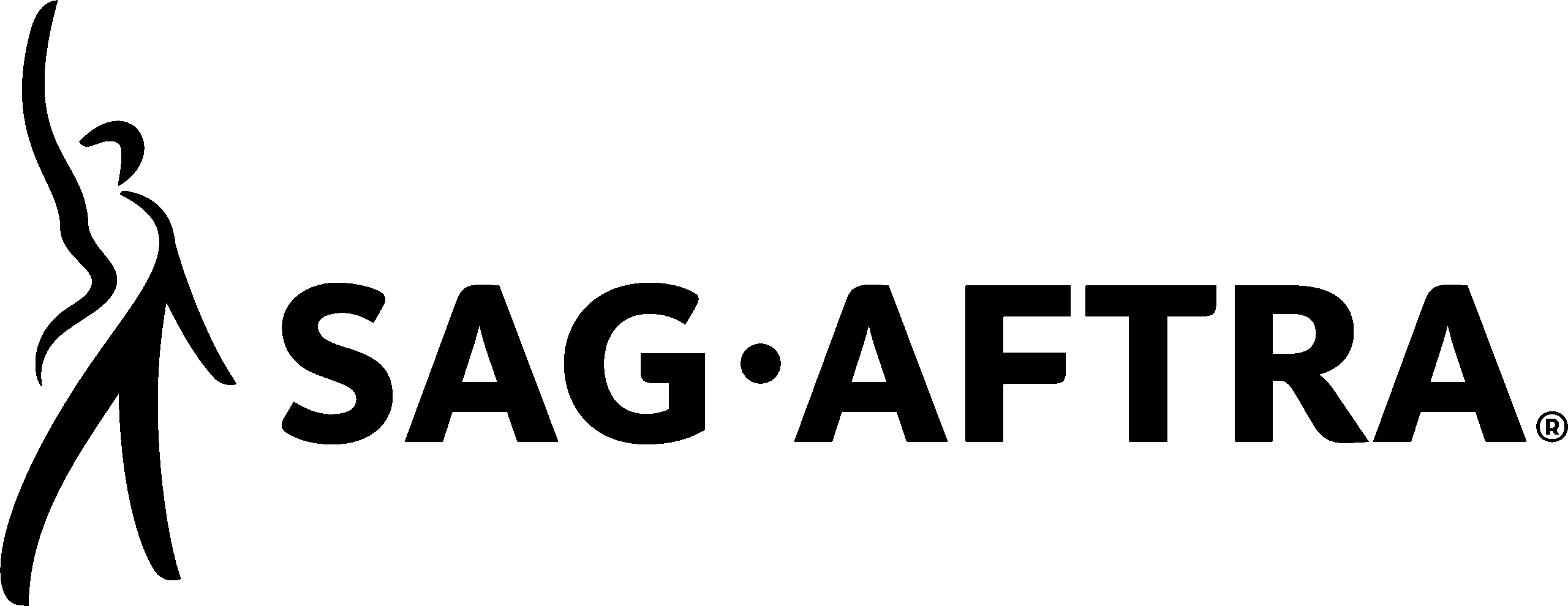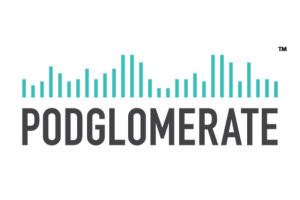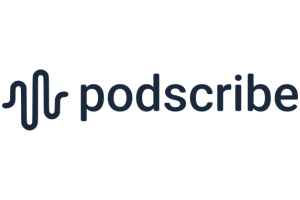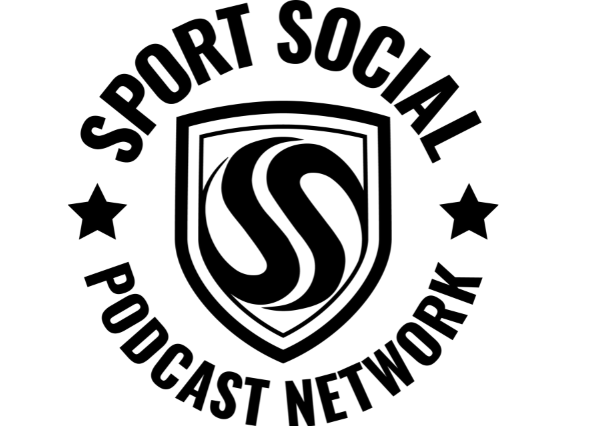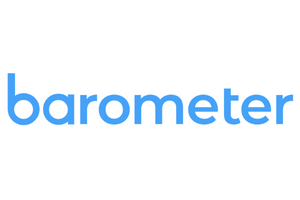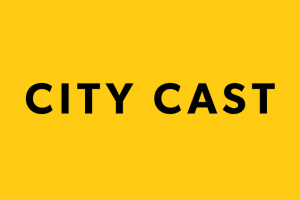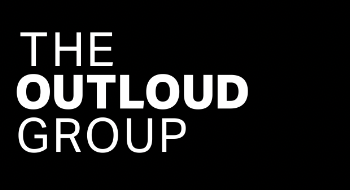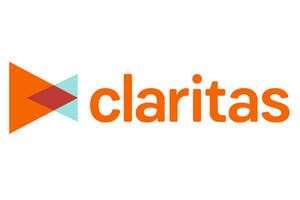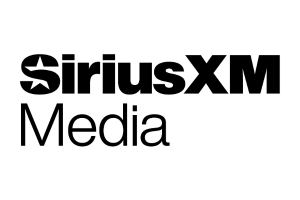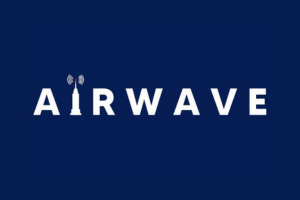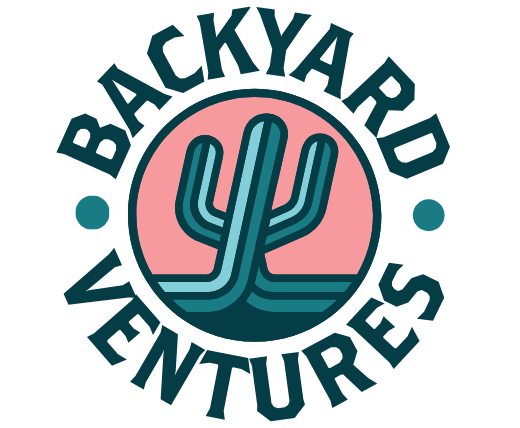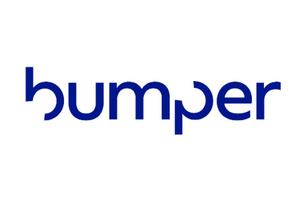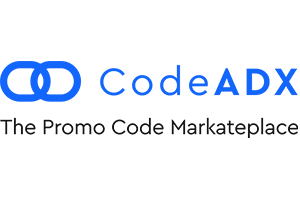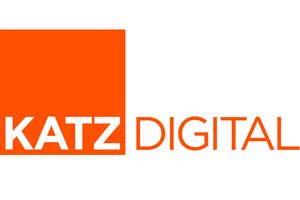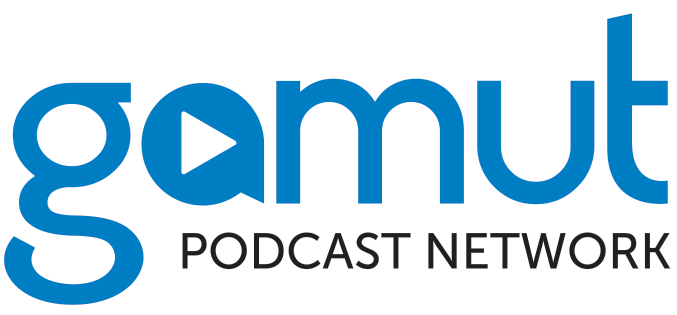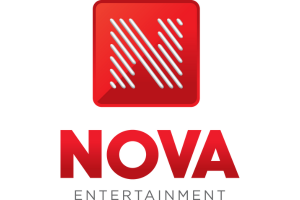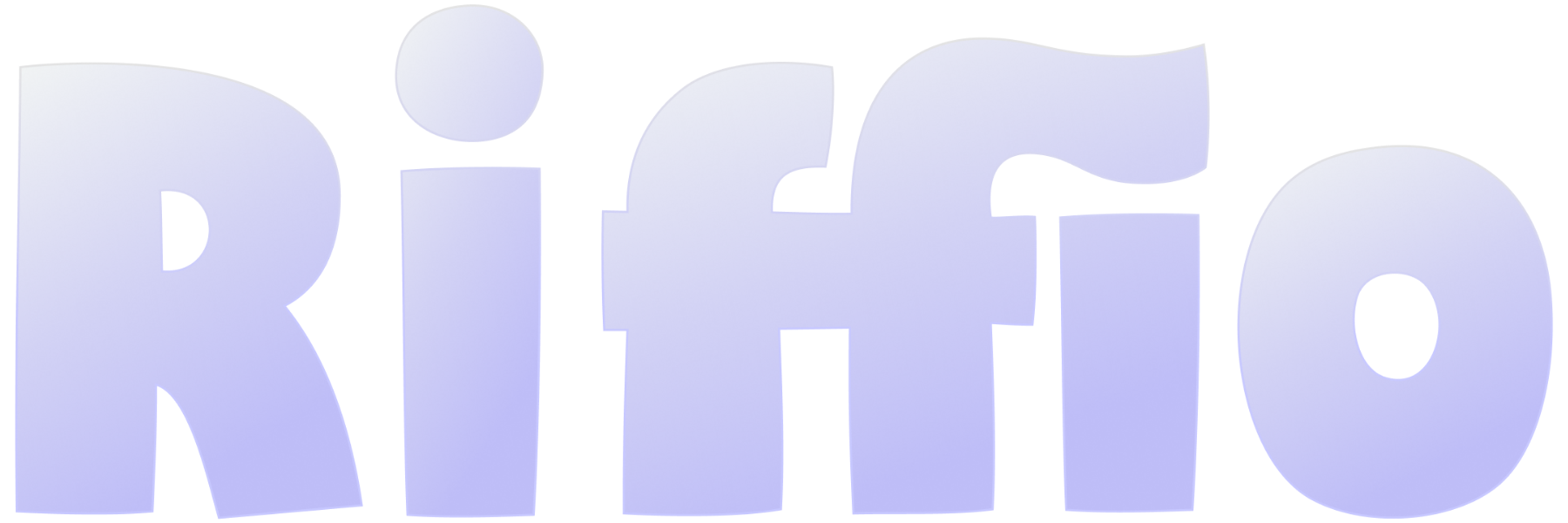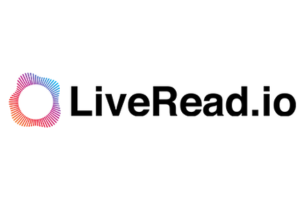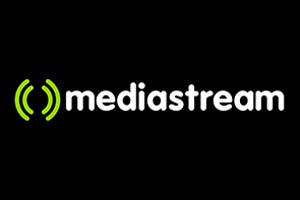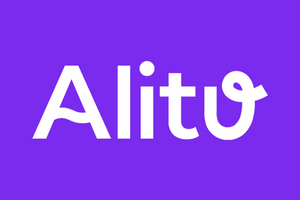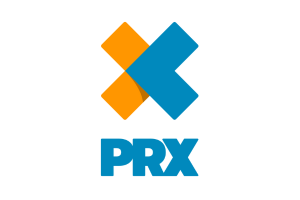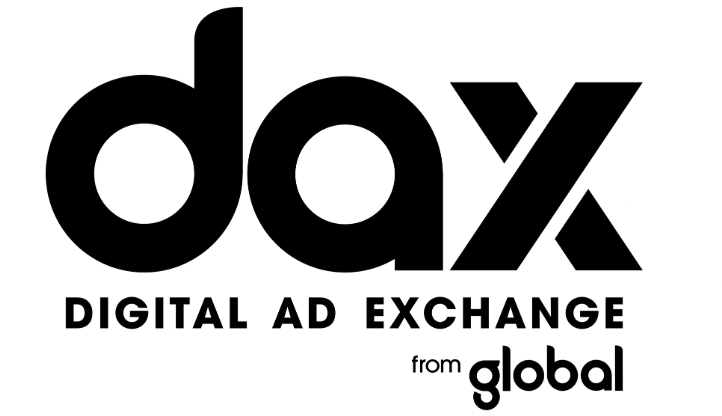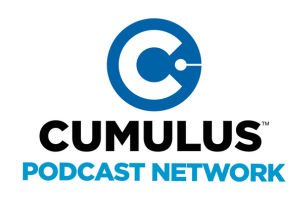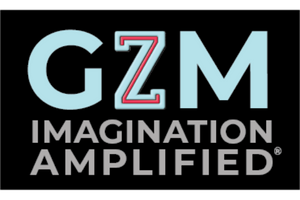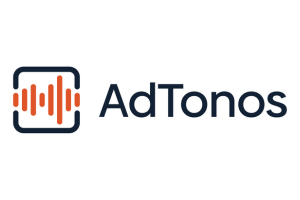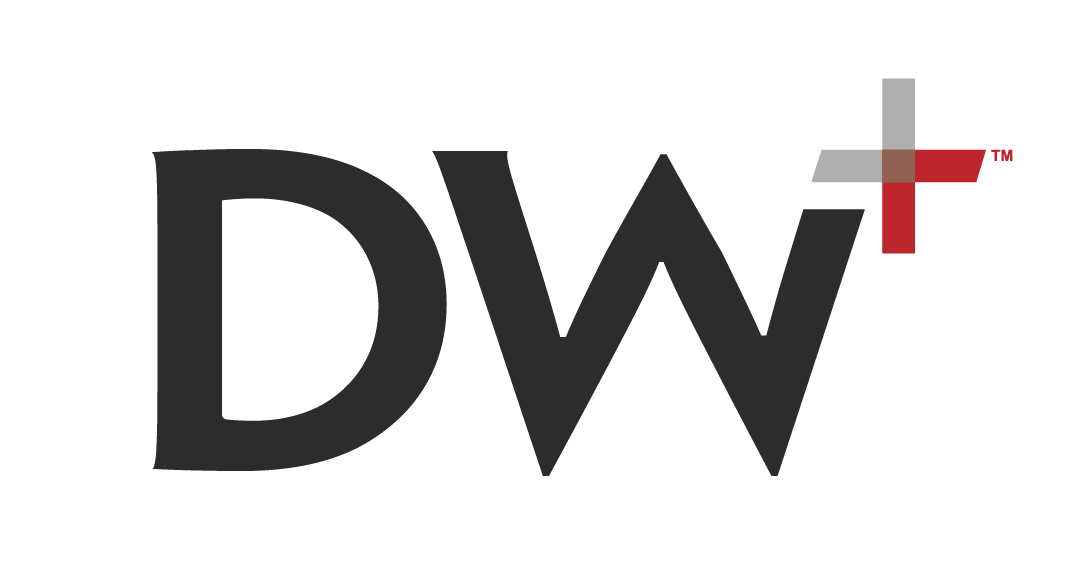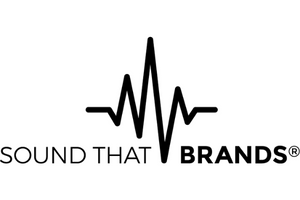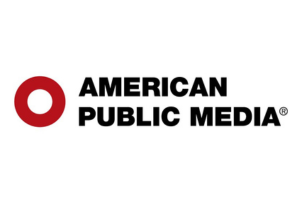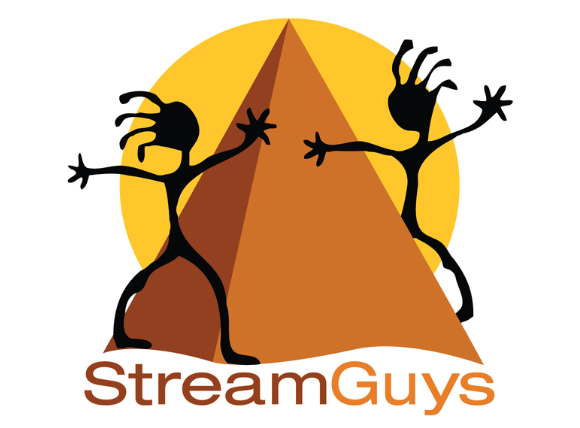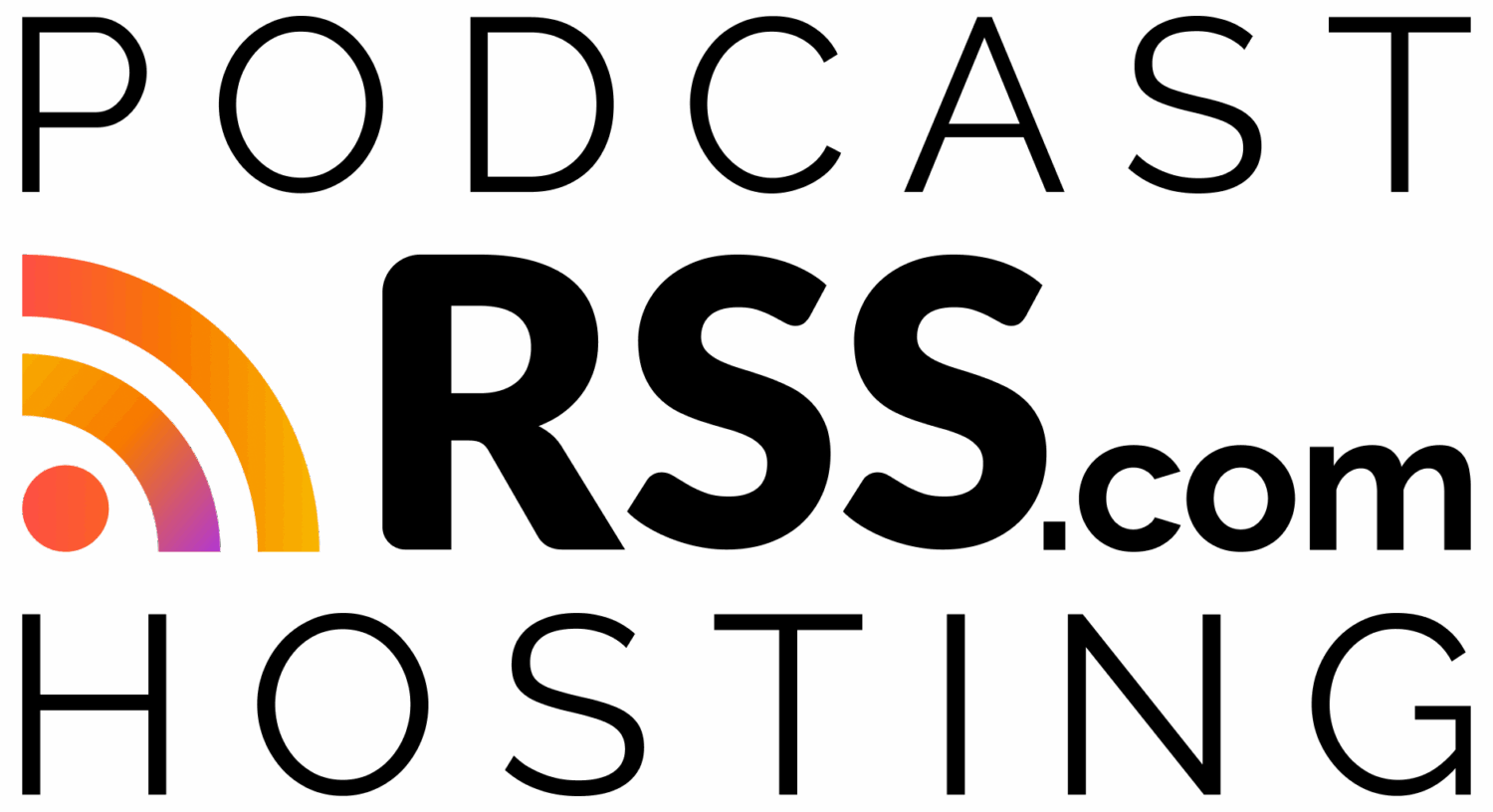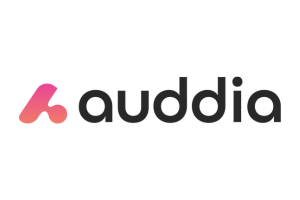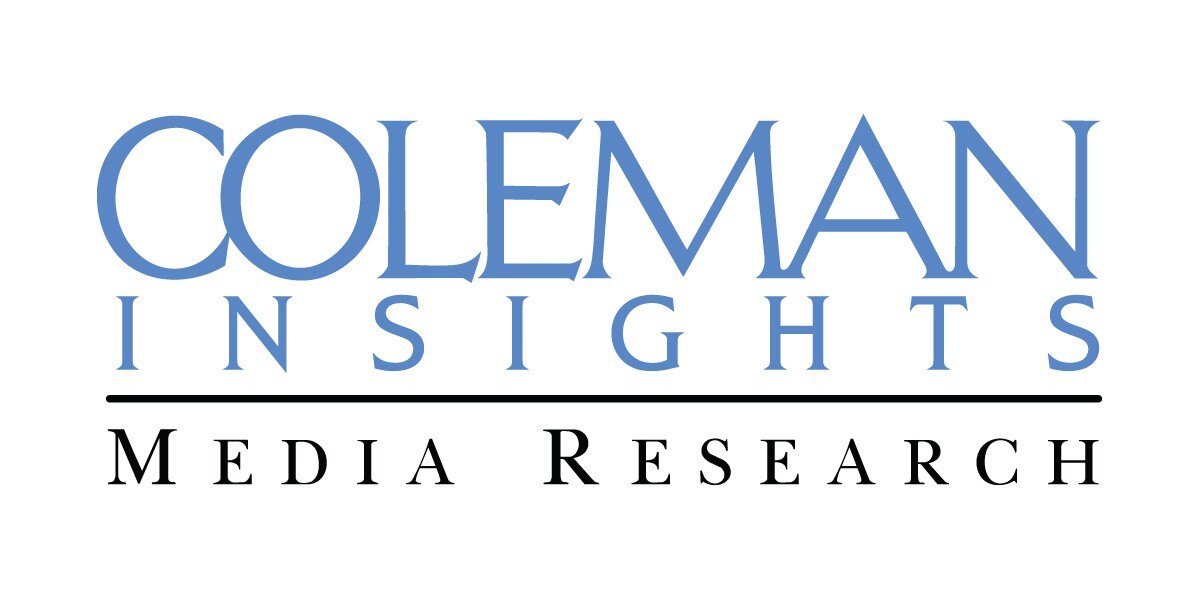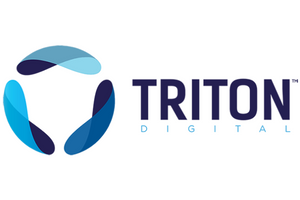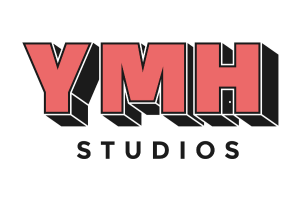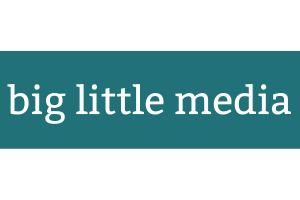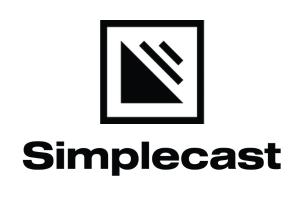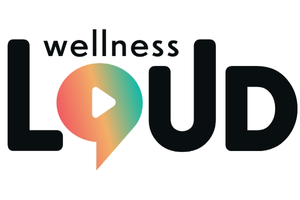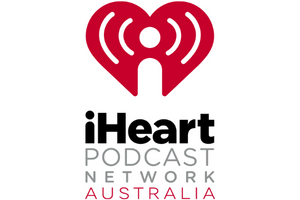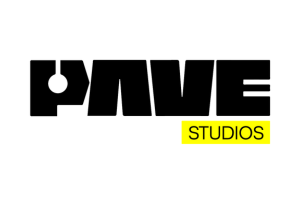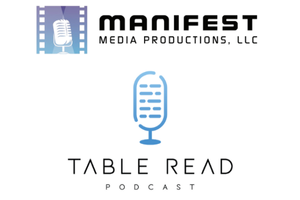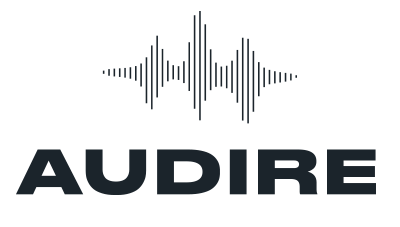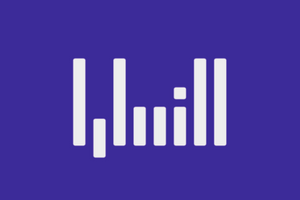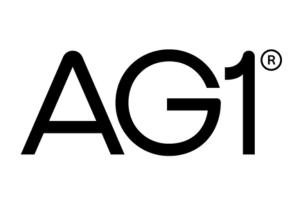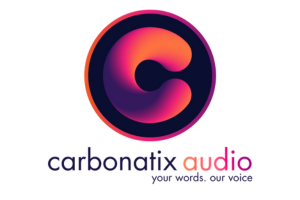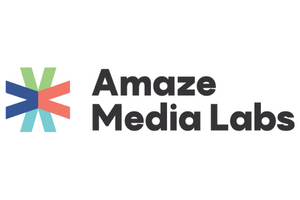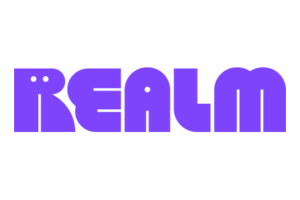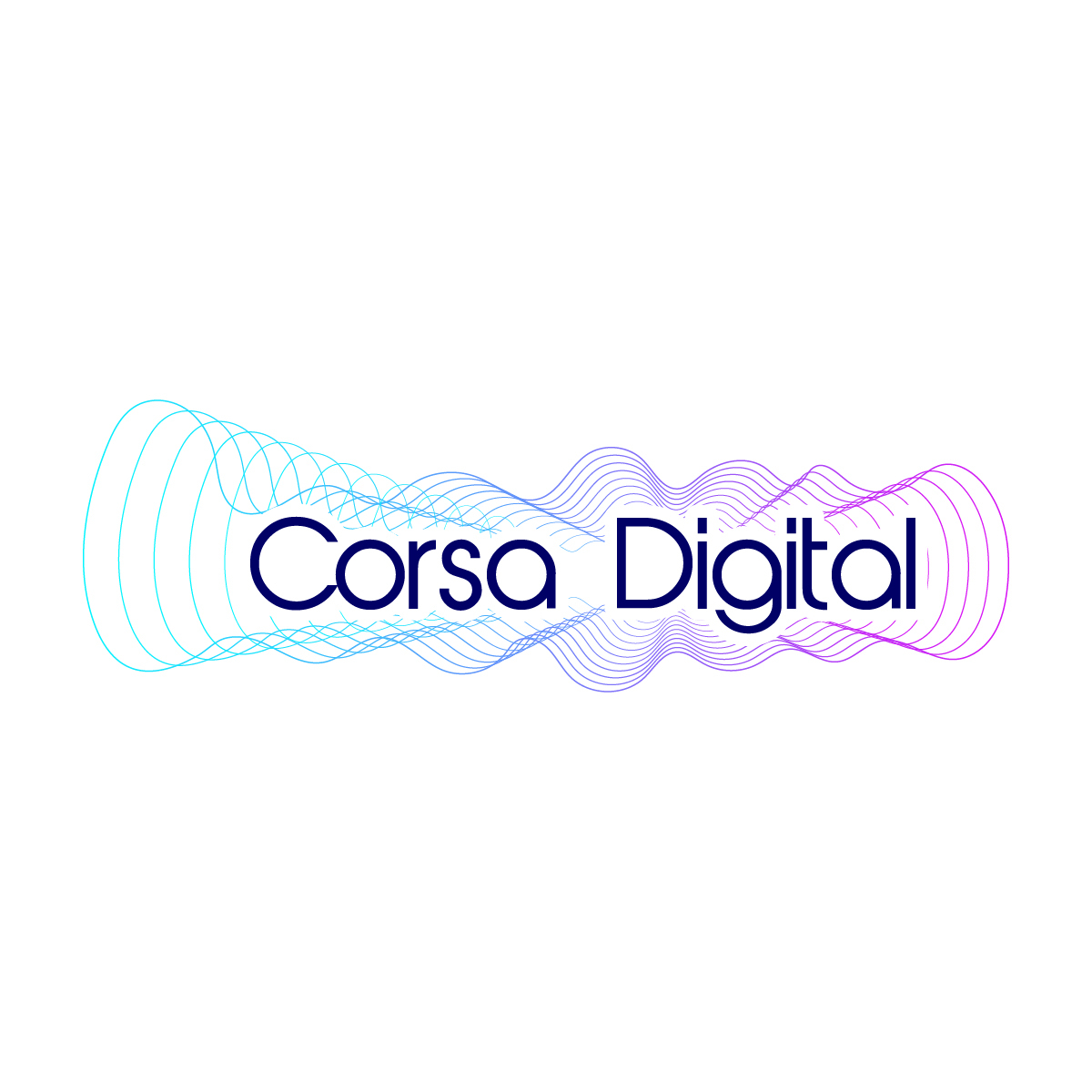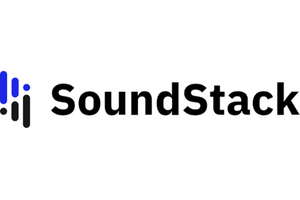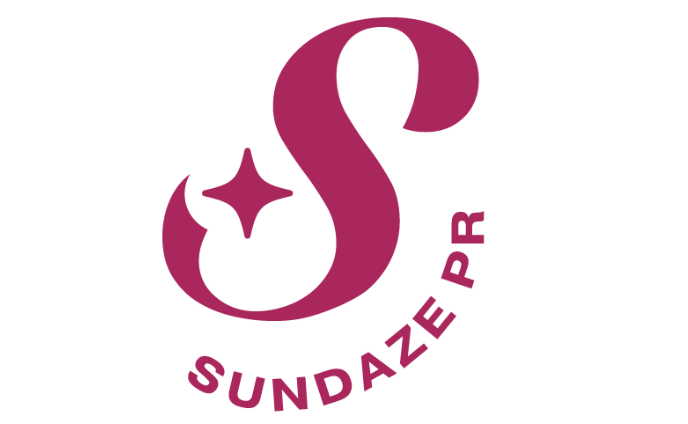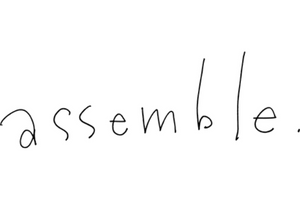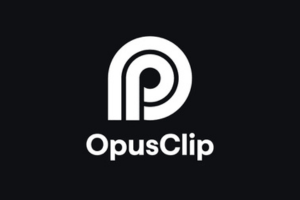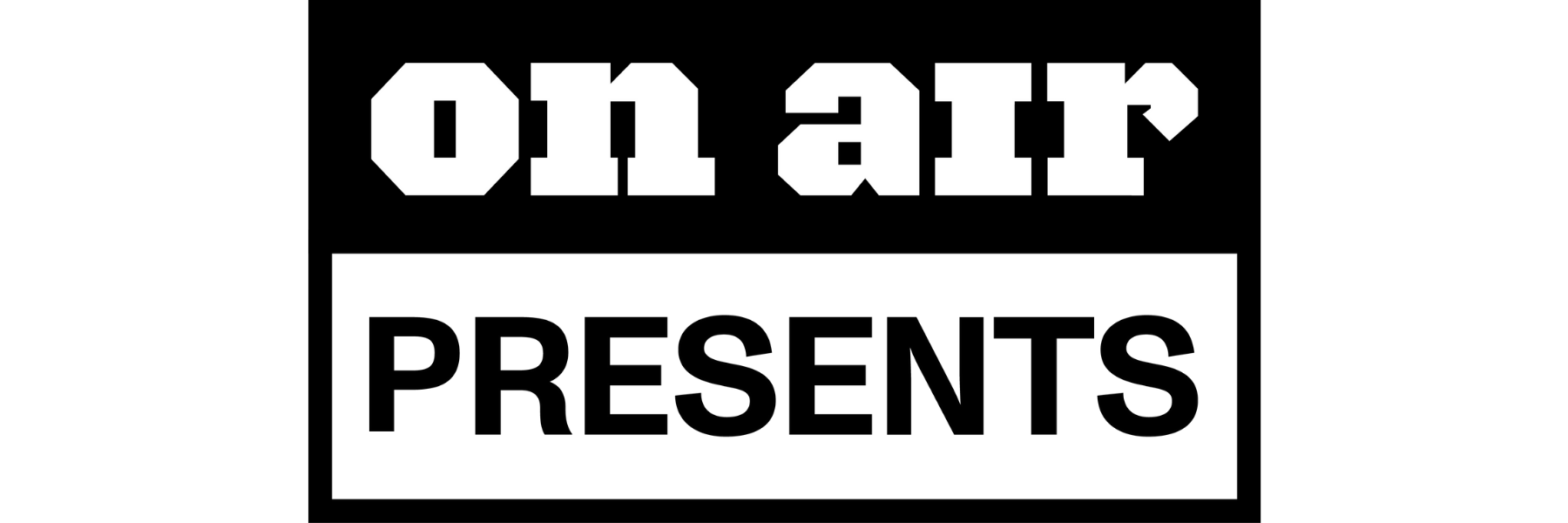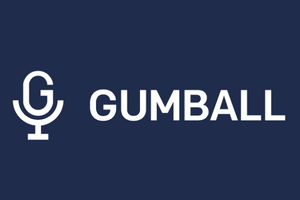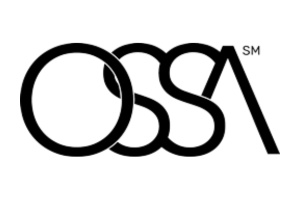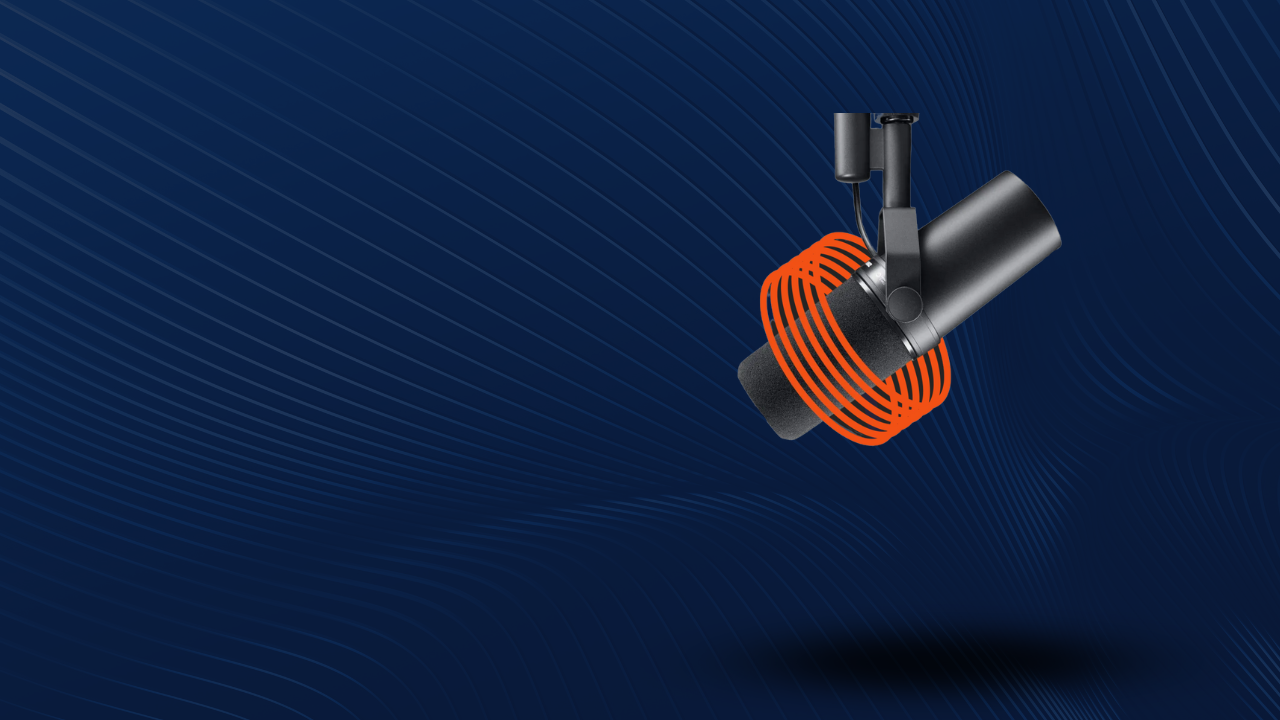REMINDER: this coming Wednesday (June 30th) at 2:00 p.m. EST Tom Webster will host a presentation of the latest section of The Advertising Landscape data. Part 3, Driving to Action, examines how podcast audiences actually respond to advertising in comparison to other digital and traditional channels. Findings that challenge conventional assumptions about podcast ad performance, promo response rates, and word-of-mouth generation. Registration is open now.
Taylor argues there’s a part of the story being left by the wayside whenever narratives about video’s growth are discussed: just because video podcasting is growing doesn’t mean the rest of the industry will succumb to atrophy. A quote from Taylor:
“My cautionary tale — which I’m obviously trying not to frame like I’m Henny Penny saying the sky is falling — is this: as the video audience grows and the audio audience remains, my message to the industry is, ‘Hey, don’t forget that you’ve got a ton of people who love audio.’”
Taylor compares the video surge in podcasting to the widespread distribution of audiobooks in the 2000s and 2010s. As audiobooks became cheaper and easier to produce and distribute, more writers have started making audiobooks as a regular part of their publishing process to create an additional revenue stream out of existing content. Video podcasting, she argues, is a similar path. Much in the same way there was always an audience who’d listen to a book if given a frictionless opportunity, YouTube is one of the most popular sites on the internet, full stop. There’s an audience segment that has been consuming online video for over a decade who would have been watching video podcasts the entire time if they’d had the chance.
The trick will be appealing to that audience without over-correcting and turning audio-first podcasts into pure video productions that ignore their original audio roots. Much in the same way simply uploading audio to video platforms does not innately make good video content, the reverse remains true. Ignored/underserved audio audiences can’t be taken for granted. As Tom Webster hit on in his piece The Podcast Preservation Paradox, the onus is on the podcasting industry to remember what made the medium appealing in the first place. It’s important to preserve and support those audio specific roots that make up the foundation the wider industry rests on.
What I Learned From The Longest-running One-Person Show in Vegas by Tom Webster
During a recent vacation to Italy, Tom Webster attended a lecture from magician Mac King, who has run a one-man show in Vegas for 20 years. An important lesson podcasting could benefit from is King’s response to a question about how he always seems so fresh while doing his act. King repeats the same effects in the same order hundreds of times a year, but he also takes great care to incorporate audience participation. As Webster says, everything an audience gives a performer is a gift, and it’s an opportunity for the performer to demonstrate they are actually listening and care for said audience. A quote from Webster:
“For podcasters, I think one of the best ways to make use of this bit of wisdom is to continually find ways to engage with an audience, even if it isn’t in the context of your show itself. If your show has a live component on YouTube or another platform, that means doing more than just hurriedly reading people’s comments aloud and then moving on with what you were going to say anyway – it means being present and engaging with the content of those comments, even asking for listeners/viewers to clarify or follow-up on their thoughts. If your show does not have this live component, you can still find ways to create live chat events that happen outside the show, and work those elements into your recordings.”
There’s a fine line between the illusion of audience participation and actually engaging with what they give out. Confidently crossing that line into the latter is a big step towards keeping content fresh and engaging.
How Podcast Clips Can Work For You – An Interview with Louis Roberts
Continuing our running interview series with folks around the world of podcasting, this week I’ve got an interview with OpusClip Head of Business Development Louis Roberts about their OpusSearch tool and why podcasters are using clips. Roberts recalls that, during his time working for The Pat McAfee Show, 5 to 10 minute clips of back-catalog content were monetized with a 15 second ad and managed to get CPMs comparable to the CPM from sponsors for full episodes. A quote from Roberts:
“I think it’s a different way for podcasters to look at it but you have so much content. You can’t, in a long form episode, you can only put in three, four, five different advertisers at most and a lot of people watch shorts or clips now so you have to be able to monetize your entire catalog.”
Catch the full 2.5 minute video, with transcript, on Sounds Profitable.
The Death of The Late Show Is the Canary in the Linear Coal Mine by Dave Dembowski
Setting aside the political implications and timing of CBS choosing not to renew Stephen Colbert’s contract for The Late Show, there’s something to consider about the sheer weight of the linear TV late-night talk show. Dembowski points to The Daily Show. On paper it gets under half the viewership of The Late Show, but outside the world of linear TV it’s a multichannel empire. The show itself is built in such a way that complements both sharable clips and chain-watching interviews
Which leads into Steve Goldstein’s article in RainNews the following day: The SEO Collapse: Did Podcasts Replace Late Night? Traditional late night talk shows are expensive, with Colbert’s reportedly costing $100 million annually to produce with a staff of 200.
And, as DWNLOAD Media founder Chris Peterson notes, former late-night star Conan O’Brien is effectively doing his old job in a way that attracts the same big-name guests for a fraction of the cost in podcasting.
Heck, Paul Rudd’s 21-year running joke of teasing O’Brien with an exciting clip only to show a clip from the 1988 flop Mac and Me has made the jump to podcasting.
Goldstein gives an overview of where we’re at with podcasting similar to the traditional late-night formulas, and what’s happening now. As he says, the spotlight has shifted to new forms of media that capture younger audiences with clips and on-demand content. Flexible productions like podcasts can surf the algorithmic waves with more agility than the regimented clips of late-night talk shows originally produced for TV.
Finally, it’s time for my Quick Hits. These are articles that didn’t quite make the cut for today’s episode, but are still worth including in your weekend reading. This week:
- On Thursday, August 7th the Association of Independents in Radio is hosting a live demo of Thrumm with founder Lindsay Graham showing off the platform’s library of music explicitly designed for narrative content creators.
- Apple Podcasts has New Subscription Listening Reports including Episode, Show, Channel, and Provider listening at the Daily, Weekly, or Monthly level. They also have a post breaking down steps taken to protect listener privacy in the reports.
- CityCast has new offices in the Twin Cities and Seattle, both of which are hiring multiple positions. You can find all of them on our Job Board.
- Signal Hill Insights president Paul Riismandel has a new blog looking at the synergy between attribution and brand lift, noting “brand lift is chocolate to attribution’s peanut butter.”


